Graham Reid | | 5 min read
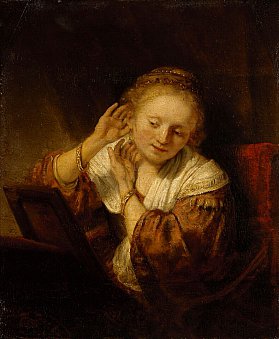
Try as we might, it's very hard for us to think of the Old Masters as contemporary artists. Yet in the time of Catherine the Great of Russia, that's exactly what they were.
Catherine – a German married to Peter the Third whose reign lasted a bare six months — was one of the most acquisitive art collectors of any age, someone who dispatched advisors to collect the great objects of her time, among them paintings by Rembrandt, van Dyck and Rubens, treasures from China and works by the most innovative and daring British painters of the day.
And to house these works — particularly her collection of cameos which numbered into the hundreds — Catherine commissioned Italian architects and designers to create and expand the museum in St Petersburg we now know as The Hermitage.
In July an expansive exhibition of more than 400 works from her collection opened in Melbourne.
Masterpieces from the Hermitage; The Legacy of Catherine the Great is a blockbuster which not only includes big ticket items by Rembrandt, Sir Joshua Reynolds and Joseph Wright of Derby but a number of those delightful, small cameos and — chosen from a full dinner service for 60 people — a setting for six made up of 80 pieces.
 “Yes, it's knives, forks, spoons,
plates, bowls, glassware, wine and ice-cream coolers, ice-cream cups
. . . the whole works,” says Laurie Benson, Curator International
Art at Melbourne's National Gallery of Victoria International (NGV).
“Yes, it's knives, forks, spoons,
plates, bowls, glassware, wine and ice-cream coolers, ice-cream cups
. . . the whole works,” says Laurie Benson, Curator International
Art at Melbourne's National Gallery of Victoria International (NGV).
And most of the paintings have never left Russia, he says, and the show exclusively created for this one-off in Melbourne.
“The Hermitage people came up with the concept of Catherine, what she bought and how, and how she tried to use art to transform Russian society. There was such an amazing volume of material available they cherry-picked the best of what she acquired over her lifetime. She literally collected thousands and thousands of paintings, decorative arts and was an amazing builder.
“She brought a brand new style of architecture to Russia, so we have architectural drawings of the Hermitage because she virtually created many of the buildings which became that complex.
“She was trying to internationalise Russia and broaden its perspectives right across society, and she used art to educate and enlighten her own people.”
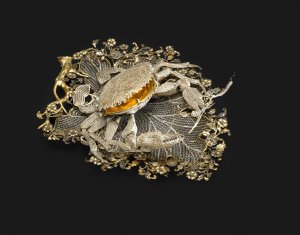 Catherine (1729-96) reigned in Russia
for 34 years after the death of her husband and ushered in something
of liberal, golden age during which she corresponded with French
Enlightenment thinkers such as Francois-Marie Voltaire and Denis
Diderot (the latter visiting Russia at her invitation), rewrote
aspects of the legal system, made in-roads into changing the social
structure (while protecting her own position of course) and had
envoys explore trade opportunities and acquire important art.
Catherine (1729-96) reigned in Russia
for 34 years after the death of her husband and ushered in something
of liberal, golden age during which she corresponded with French
Enlightenment thinkers such as Francois-Marie Voltaire and Denis
Diderot (the latter visiting Russia at her invitation), rewrote
aspects of the legal system, made in-roads into changing the social
structure (while protecting her own position of course) and had
envoys explore trade opportunities and acquire important art.
“The first things she collected were small cameos from antiquity,” says Benson. “She fell in love with Roman antiquities as many people did in that period because that's when Herculaneum and Pompeii were being uncovered.
“She started collecting cameos, then commission them herself and ended up with about 10,000. She was passionate about them, looked at them every day, and from there she expanded to painting, sculpture, drawings and the decorative arts.
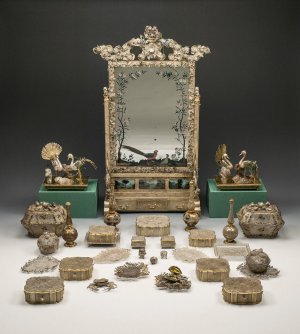 “Her aim was for people to see these
objects, and particularly Russian artists and architects. She created
a porcelain factory -- she collected Wedgwood and Chelsea porcelain
-- but it was to show the Russians how to do it.”
“Her aim was for people to see these
objects, and particularly Russian artists and architects. She created
a porcelain factory -- she collected Wedgwood and Chelsea porcelain
-- but it was to show the Russians how to do it.”
Among the hundreds of objects on display are a considerable number from China. Her life almost exactly coincided with that of the Qianlong Emperor of the Qing Dynasty whose reign ended in the year of her death. There are over 60 items — powder holders, mirrors, brushes and the like — in one Chinese toilet service alone.
But it was Catherine's connections to the West – those Enlightenment thinkers in France and Industrial Revolution painters in England – which had the most impact on Russian society of the day.
 She, being fluent in French, wrote
hundreds of letters to Diderot and on entry to the exhibition the
visitor sees a portrait of Catherine alongside busts of Diderot and
Voltaire, then moves into space introducing her reconstruction of the
palaces around St Petersburg to illustrate how innovative and daring
she was in her ambitions for Russia.
She, being fluent in French, wrote
hundreds of letters to Diderot and on entry to the exhibition the
visitor sees a portrait of Catherine alongside busts of Diderot and
Voltaire, then moves into space introducing her reconstruction of the
palaces around St Petersburg to illustrate how innovative and daring
she was in her ambitions for Russia.
Here then is a remarkable collection of art: Four Rembrandts (“Young Woman Trying on Earrings [from 1657] is quite a light painting by his standards,” offers Benson), a tiny but stunning painting by Jean-Baptiste Chardin (“there isn't a Chardin in Australia or New Zealand, so that's worth traveling to see”) and a work from the school of Leonardo Da Vinci.
“There are debates whether it is or isn't by Leonardo but you can lose focus on a great painting if you're attached to a name and let debates get in the way. This one is Leonardo-esque and it's a version of the Mona Lisa, so that's something extraordinary in its own right.”
There are also paintings by Frans Hals and Batolome Murillo and some from Dutch painters whose technique involved such fine brushes to allow for the tiniest of strokes.
“She collected contemporary art but it's not thought of like that any more. We think of them as Old Masters. But she was buying directly from [English portrait painter] Reynolds. And Wright of Derby who is interesting because he was the painter of the Industrial Revolution and the English Enlightenment, and she was buying that.
 “Cutting-edge isn't quite the right
word, but it was modern art of its day and Wright was a revolutionary
artist.”
“Cutting-edge isn't quite the right
word, but it was modern art of its day and Wright was a revolutionary
artist.”
Also in the exhibition is a Reynolds painting of Cupid undressing Venus, and there's a coquettishness about Venus that by Reynolds' standards is quite erotic: “Certainly the most erotic he did,” laughs Benson.
Catherine the Great's collection is up against more brash and animated competition in Melbourne right now, notably the David Bowie Is exhibition just across the road. But there's more to this exhibition than just static objects. The NGV sent a film crew to St Petersburg to shoot footage in and around the Hermitage to give visitors a sense of place, and the gallery has also replicated some of the loggia, floor patterns and colours of the Hermitage.
It might not have the immediate whizz-band of the Bowie but more importantly it has been given the nod of approval by the toughest critics.
“It's a great word of mouth show,” says Benson. “It's a risky thing and you can get it wrong.”
But three of the Hermitage's curators went through before the opening and were very impressed.
“And if we've impressed them we're on track.”
Masterpieces from the Hermitage; The Legacy of Catherine the Great is at the National Gallery of Victoria International and runs until November 8. For further information see: www.ngv.vic.gov.au

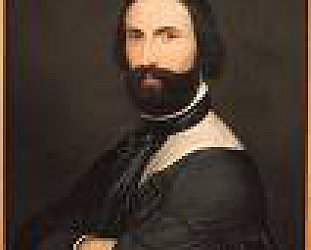
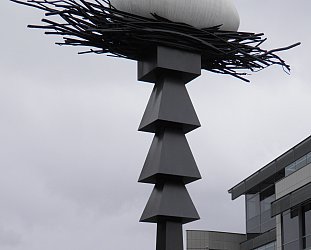

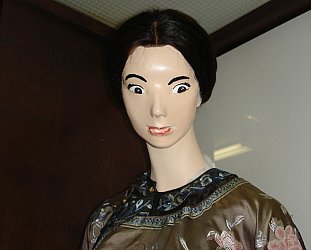
Di - Sep 17, 2015
Fascinating woman Catherine - I've recently read about her in 'What Life Was Like In the Times of War and Peace'. In 1744, before her marriage to Peter, Catherine was Princess Sophia Augusta Fredericka of the tiny Prussian principality of Anhalt-Zerbst. The 14 year old Sophia was puzzled by the immature behaviour of 16 year old Peter. He had a penchant for childish games, like blindman's bluff, and he beat his dogs. Peter was also of German descent and the more Russian Catherine became, the more Peter, who had clung to his Prussian heritage, distanced himself from his wife. He was an unpopular emperor and quickly lost the support he required, while Catherine, who had converted to the Russian Orthodox Church, captured the hearts of the Russians. Six months after Peter became emperor in 1761, Catherine broke with him, garnered support and led a procession of 14,000 troops to face her husband. He was arrested, imprisoned, and against her orders, but perhaps not her wishes, he was killed. Three months later on 22nd September 1762, Catherine's coronation was held.
SaveI would love to see this exhibition, but alas, Melbourne is a bit far from Invercargill, so I've FB messaged your article to Melbourne friends, who'll hopefully get to set it. Thanks for the peek into Catherine The Great's collection.
post a comment